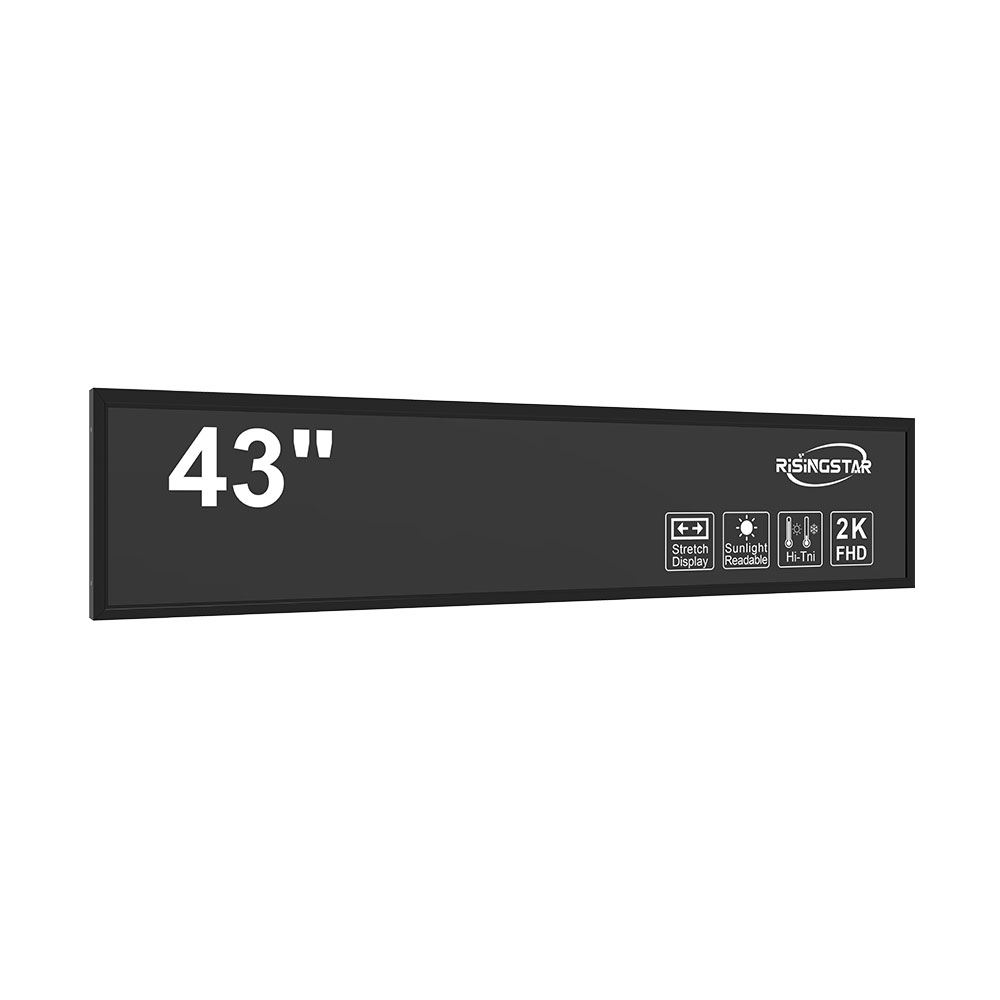- Home
- About Us
- Products
- News
- Video
- Contact
- Send Inquiry
Search
- Home
- About Us
- Products
- News
- Video
- Contact
- Send Inquiry

When deploying an outdoor LCD screen in commercial, industrial, or public environments—such as retail stores, transportation hubs, or sports venues—the choice of display technology is critical. Unlike indoor screens, outdoor displays must withstand extreme temperatures, direct sunlight, humidity, and physical wear. A poorly selected screen can lead to reduced visibility, frequent maintenance, and premature failure, resulting in costly downtime and lost revenue.
The key to success lies in understanding the core specifications that define outdoor LCD performance. First, brightness is paramount. Industry standards like those from the Society of Motion Picture and Television Engineers (SMPTE) recommend a minimum of 5,000 nits for daytime visibility under direct sunlight. High-end models often exceed 7,000 nits, using advanced LED backlighting and anti-glare coatings to maintain clarity even at noon. For example, a case study by Samsung on their The Wall outdoor signage system showed a 40% improvement in readability when upgrading from 3,000-nit to 6,500-nit displays in a busy airport environment.

Second, environmental resilience matters. Look for IP65 or higher ratings for dust and water resistance, and ensure the screen supports operating temperatures from -20°C to +60°C (as per IEC 60068-2 standards). These parameters are especially crucial in regions with extreme climates—like Dubai’s desert heat or northern Europe’s winter cold. Some manufacturers, such as LG and Sharp, now integrate passive cooling systems and fanless designs to reduce mechanical failure risks in harsh conditions.
Third, consider viewing angle and color accuracy. Outdoor screens often face multiple angles due to pedestrian traffic or vehicle movement. Panels with wide viewing angles (178° horizontal and vertical) and high contrast ratios (1000:1 or greater) ensure consistent image quality regardless of position. OLED-based outdoor solutions are emerging but still face durability concerns; traditional LCDs remain the gold standard for long-term reliability.
Finally, think about connectivity and remote management. Modern outdoor LCDs should support IP-based control via SNMP or HTTP APIs, enabling real-time diagnostics, firmware updates, and content scheduling across multiple units. This capability was demonstrated in a 2023 deployment by Sony in London Underground stations, where centralized management reduced maintenance costs by 30%.
In summary, choosing an outdoor LCD requires balancing brightness, environmental protection, optical performance, and smart features—not just price. With careful evaluation based on these technical pillars, businesses can ensure optimal uptime, viewer engagement, and return on investment over a 5–10 year lifespan.